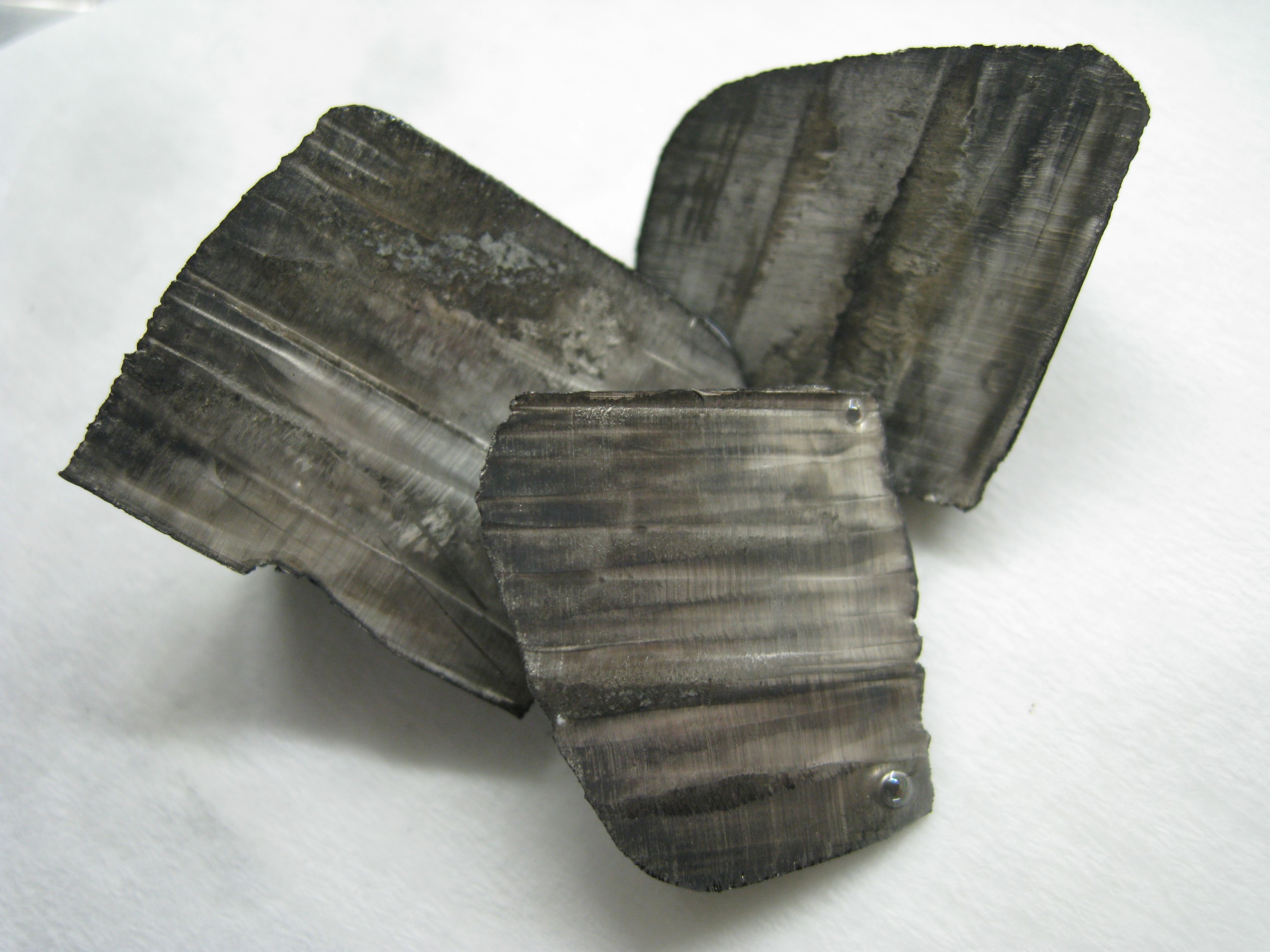If we are serious about the energy transition, then all forms of energy will be required including mining the raw materials necessary to manufacture the batteries necessary to store the energy from unreliable wind and solar plants. The U.S. has extensive lithium reserves as evidenced by the recent discovery of a world-class deposit in Maine but yet we produce less than 2% of the world’s supply. In this episode we talk about how the U.S. could play a major role in increasing our energy security by mining critical minerals like lithium domestically.
Be sure to also subscribe on Apple Podcasts via the link above and please leave us a rating and review. We read every one of them and sincerely appreciate any feedback you have. To ask us a question to be featured on an upcoming episode, please leave a comment below or send an email to feedback@mineralrightspodcast.com.
Growth in Demand For Lithium Causes Prices to Rise
Lithium prices are surging as demand for lithium ion batteries increases, fueled by government mandated transition from internal combustion engines to electric vehicles. According to S&P Global, “the Battery-grade Lithium Carbonate EXW China price closed at $41,925 per tonne at year-end, an increase of 485.8% year over year. Against a backdrop of soaring prices, costs of lithium extraction from hard-rock ores and brines also rose.”
Global Leaders In Lithium Production
The top lithium countries according to WorldAtlas are:
- Australia – Has the Greenbushes which is the world’s “largest known single lithium reserve”.
- Chile – Produced 12,900 metric tons in 2014.
- China – Produces the next most at a distant 5,000 metric tons.
- Argentina – Produces 2,900 metric tons from lithium rich salt flats.
- Zimbabwe – Produced 1,000 metric tons in 2014, controlled mostly by a single private company.
- Portugal – Only produced 570 metric tons in 2014.
- Brazil – Produced 400 metric tons in 2014.
As you can see from the list above, it wouldn’t take much for the U.S. to break into the top 7 lithium producing countries if lithium resource projects were fast tracked.
Political Opposition to Domestic Lithium Mines
In March, President Biden’s energy secretary, Jennifer Granholm, announced $30 million in grants aimed at increasing domestic supply of critical minerals, including lithium, an important component in the batteries of electric vehicles.
“America is in a race against economic competitors like China to own the EV market, and the supply chains for critical materials like lithium and cobalt will determine whether we win or lose,” said Granholm. “If we want to achieve a 100% carbon-free economy by 2050, we have to create our own supply of these materials, including alternatives here at home in America.”
Set against this backdrop of the desire to electrify nearly everything we can, there is still resistance to mine the raw materials and setup the necessary manufacturing for wind, solar, and batteries in North America.
In fact, the richest known hard rock lithium deposit in the world called the “Plumbago North” deposit, was discovered in Newry, Maine. This deposit contains nearly 11 million tons of ore valued at approximately $1.5 billion. Maine’s progressive environmental regulations are a massive bottleneck to the permitting of new mines within the state. In fact, the Maine Senate passed a metal mining bill that banned open pit mining in 2017. This bill, LD 820, is said to be one of the most restrictive metal mining laws in the country.
Fortunately this Newry deposit is more akin to a gravel pit than a traditional sulfate metal mine. In fact, “the Plumbago North deposit does not occur in, or contain, sulfide-rich rocks”, said University of New Orleans Mineralogist, Dr. William Simmons. “Those rocks being exposed now have been sitting there for 200 million years and they haven’t dissolved away,” said Simmons. “I don’t understand why metal mining would be applied to this type of mine at all. It doesn’t make any sense to me.”
Unfortunately, state regulators have decided that the Newry mine would be viewed as a metallic mineral mine and not a quarry operation. The state ban on open pit metal mining has put the brakes on the development of this world class deposit.
The Path Forward
According to the International Energy Agency, by 2030 supply from existing minds and projects under construction will produce only half the amount of lithium and cobalt necessary to meet international needs. In fact, they project that in “climate-driven scenarios, mineral demand for use in EVs and battery storage is a major force, growing at least thirty times to 2040. Lithium sees the fastest grown, with demand growing by over 40 times in the IEA Sustainable Development Scenario [SDS]”
The bottom line is we can’t have our cake and eat it too when it comes to energy. All forms of energy require natural resource extraction and have associated carbon emissions. We should promote the responsible development of all available resources here in the United States where attention to environmental and social issues are front and center.
Resources Mentioned in This Episode
- LME Lithium Hydroxide CIF (Fastmarkets MB)
- Lithium costs up in 2021, continuing to surge in 2022 | S&P Global Market Intelligence
- Maine Senate Unanimously Votes to Ban Open-pit Mining
- A $1.5 billion lithium deposit has been discovered in western Maine, but mining it could be hard
- Maine ruling has potential to make lithium mining project difficult | Fox News
- The Role of Critical Minerals in Clean Energy Transitions
- MRP 76: Leasing Mineral Rights for Mining Potash and Other Critical Minerals
- MRP 172: Unintended Consequences of the ESG Movement
Thanks for Listening!
To share your thoughts:
- Leave a comment or question below (we read each one and your question may be featured in a future episode)!
- Ask a question or leave us feedback via email.
To help out the show:
Click the Apple Podcasts Logo Above to leave us a rating & review. It really helps us reach those that need to hear this information and only takes a minute. We greatly appreciate it! Plus, you can get a shout out on a future episode!
Thanks again – until next time!


